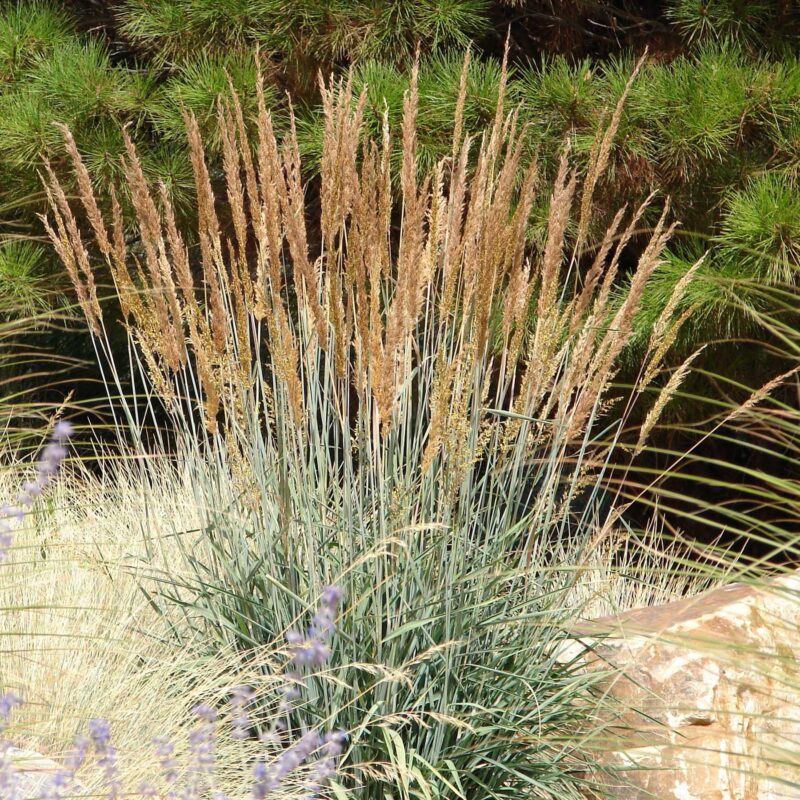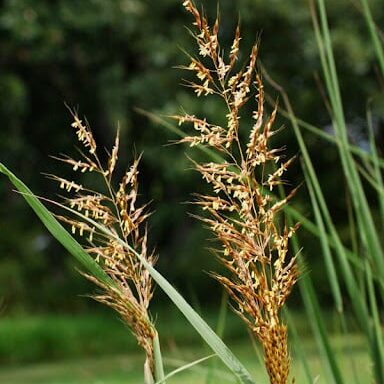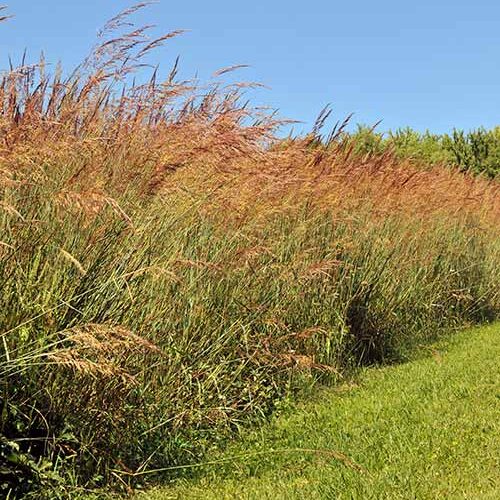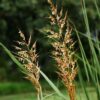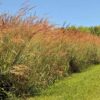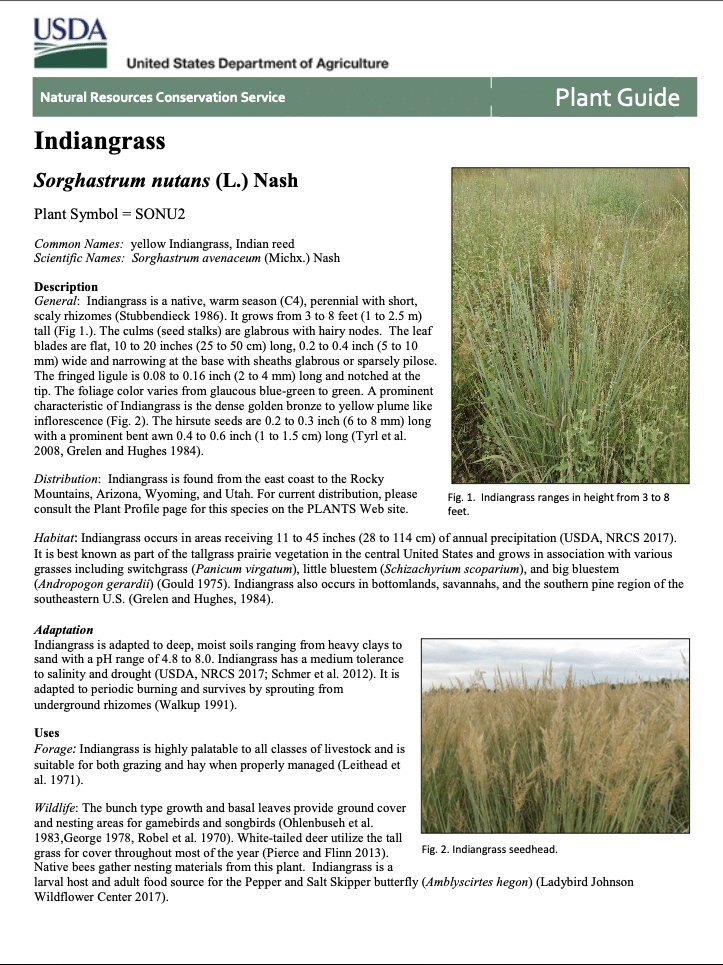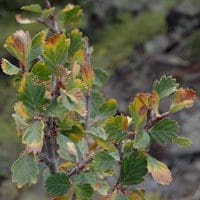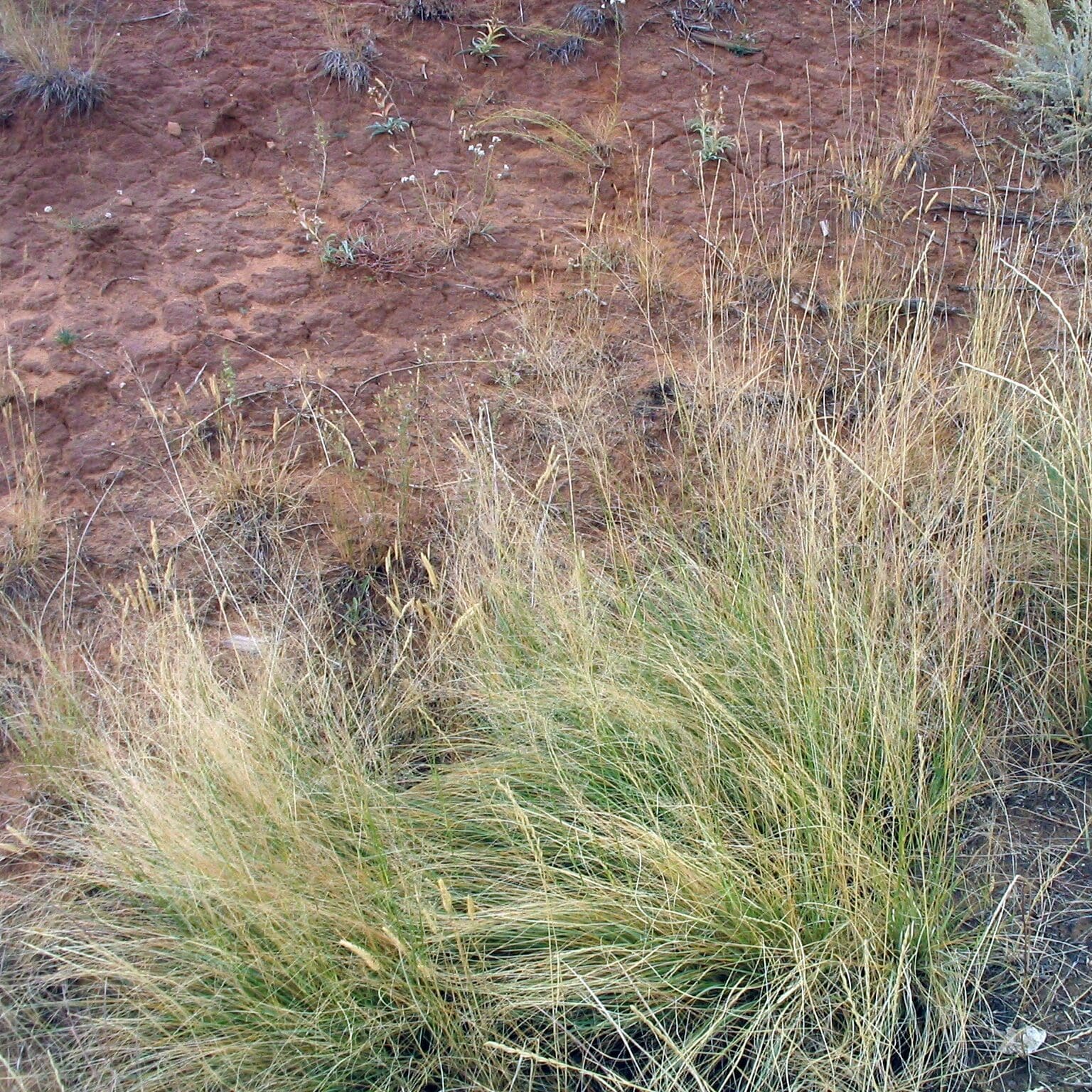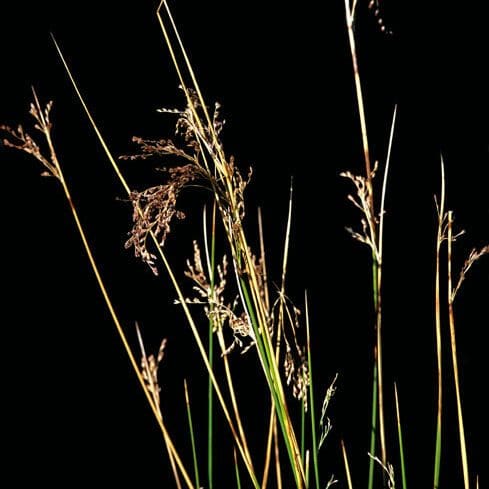Min. to Max. Annual Precipitation
96in.
Average Max. Height
Indiangrass (Sorghastrum nutans) is a native, perennial warm season grass. Indiangrass can be found from the east coast to the Rocky Mountains, Arizona, Wyoming and Utah. Indiangrass can be slow to establish but highly productive once mature.
General Description:
Indiangrass (Sorghastrum nutans) is a native, perennial warm season grass. Indiangrass can grow anywhere between 3 to 8 feet tall. The seed stalks are glabrous with hairy nodes with leaf blades that are flat, and narrowing at the base with sheaths glabrous or sparsely pilose. The color varies from blue-green to green. A known and prominent characteristic of Indiangrass is the dense golden bronze to yellow like inflorescence. Indiangrass can be found from the east coast to the Rocky Mountains, Arizona, Wyoming and Utah.
Uses:
Sorghastrum nutans is commonly used for forage due to its high palatability for all classes of livestock. It suitable for both grazing and hay when managed well. It is a great choice for wildlife as it provides great cover for many different wildlife creatures.
Planting Conditions:
Indiangrass prefers areas that receive 11-45 inches of annual precipitation. It performs best in deep, moist soils ranging from heavy clays to sand with a pH range of 4.8 to 8.0. Sorghastrum nutans is best planted mid-winter to late spring.
Ensure to remove existing competition before planting for best results. Prepare the seed bed, by lightly scratching the surface to level out the ground. Indiangrass has small seeds so don’t plant deeper than 1/4″. If planted deeper the seeds may fail to emerge.
Establishment:
Indiangrass can be slow to establish but highly productive once mature. Once Indiangrass is established it is sensitive to overgrazing and will dcrease under excessing grazing pressure. Indiangrass begins growing in mid spring. When plants are 12-18 inches tall grazing can start. Ensure that animals don’t graze the plants shorter than 8 inches. It is adapted to periodic burning, surviving by sprouting from underground rhizomes.
Seeding Rate:
Broadcast Rate: 10-12 pounds per acre
Drilled Rate: 6-8 pounds per acre
Indiangrass NRCS Plant Fact Sheet
Indiangrass NRCS Plant Fact Sheet
PDF version of NRCS Plant Guide & Fact Sheet
Prepared By: William Skaradek USDA NRCS and
Christopher Miller, USDA NRCS Cape May Plant Materials Center
Species Coordinator: Christopher Miller
Quick Plant Facts
| Scientific Name: | |
|---|---|
| pH Tolerance: | |
| Best Sowing Time: | Mid-winter to Late spring |
| Lifespan: | |
| Sun & Shade Tolerance: | Full sun, Partial shade |
| Select a Package Size and Quantity | 8 oz. Pouch (0.50 lbs.), 1 lb. (by the pound) |
